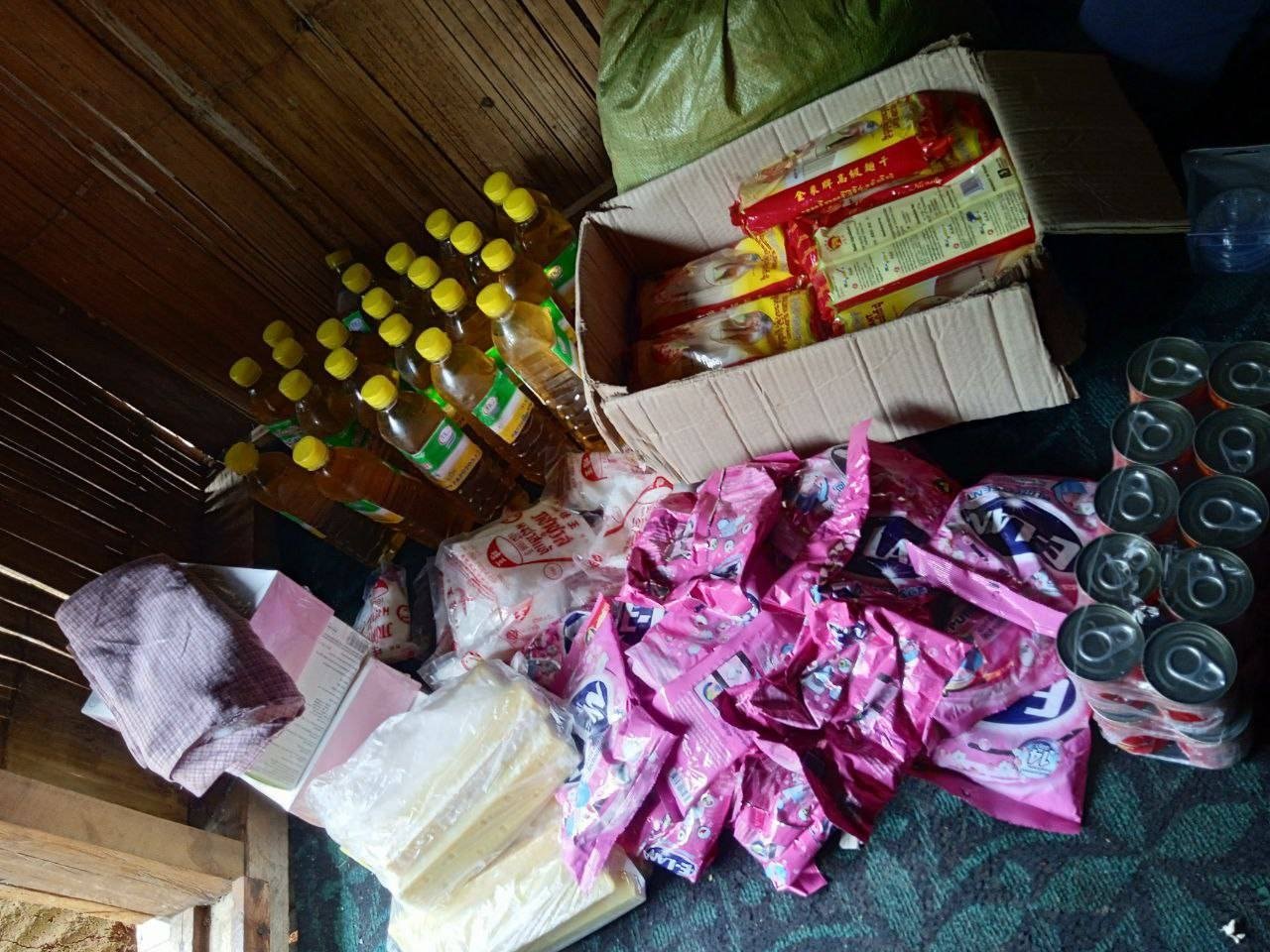Zero Federal School: Providing Education in the Worst of Times
It is remarkable that even in times of extreme crisis, those resisting the military coup in Myanmar continue to find a way to provide something of a normal life for the country’s children. Even as the military has literally bombed schools and abducted (and even killed) children, local communities have sought to ensure that education can continue in some form. Given the years of disruption that the pandemic and the coup have caused, national education has been severely stunted, and so there is a great desire to find a way to provide some sort of classes. One such group has been funding schools in safe zones around Kachin and Shan states. In addition to a full teaching curriculum, they also provide room and board. We were honored to be able to support their mission recently, and they have shared with us the following report. As this work was only made possible by our donors, we thank you so much for believing in our mission, and any further contribution will go to help such noble endeavors.
“When we receive a donation from Better Burma, we rushed out to buy all the necessary items. Zero Federal School has xxx sub-schools. We allocated the allowance given to us for school supplies for the students. Previously, before the coup, sending money for our work was very easy, it was just sending from one account to another. But at the moment, we have to try really hard to receive the money that is donated. Not only do we have to make sure that the money arrives safely, but we also have to make sure that no team members are arrested or put in danger by receiving it, as the military tries to prevent us from receiving support.
We have to transfer from point A to B to C for safety reasons . Even if the donations come in cash, it is very difficult to buy the necessary items. We don’t know if the city will have necessary items for teachers and students. So we have to deal with merchants to buy in bulk. Even this process is very complicated: It’s not just giving money to merchants and merchants will bring us the materials we need. Transport has also become increasingly difficult and even dangerous. It takes about an hour and a half to go from the city to our school. There are also checkpoints by the military on the way, so it takes time to make sure we can reach there safely. The price of a motorcycle has increased a lot as well. It is between 80,000 and 100,000 lakhs now. There are also bikers who are helping but because oil prices are starting to rise, they can't always help.
When we hear the sound of battle, we have to stop studying and run to the bomb shelters. Children should be studying, playing with friends, and be happy. Instead, they have to hide in shelters. There, the children who are from different religions are praying in the ways of their own religion that they will survive and not be harmed or killed by the military’s assaults near us. Some of the children don’t even know where their parents are. These children have nowhere to go so they sleep at our schools. Witnessing the experiences of the children, I want to care for their health- physical as well as mental- once the revolution is finished.
Children are not only victims of war. The high cost of medicine and the dangers of natural floods are also affecting them. The forest and mountains which they have to cross to get to school are not safe for them. If the mountain stream suddenly increases- which is likely in the rainy season-, it is very possible that the children will be swept away by the water. This has happened before. In fact, currently, the “XXX Village” and “XXX Village” are flooded. Because of these conditions, we were not yet able to go to the other three schools and give donations. But we will do our best and reach there as soon as we can.
In addition to Zero Federal Schools, four primary schools and two secondary schools have been opened in villages that are in the war zone. There are battles and gun fights going on everyday but we have to keep moving forward and teach the kids there. That’s why we need writing materials such as pencils, pens and books. Per school, 20-30 students are elementary students, and 50-60 are middle school students.”



